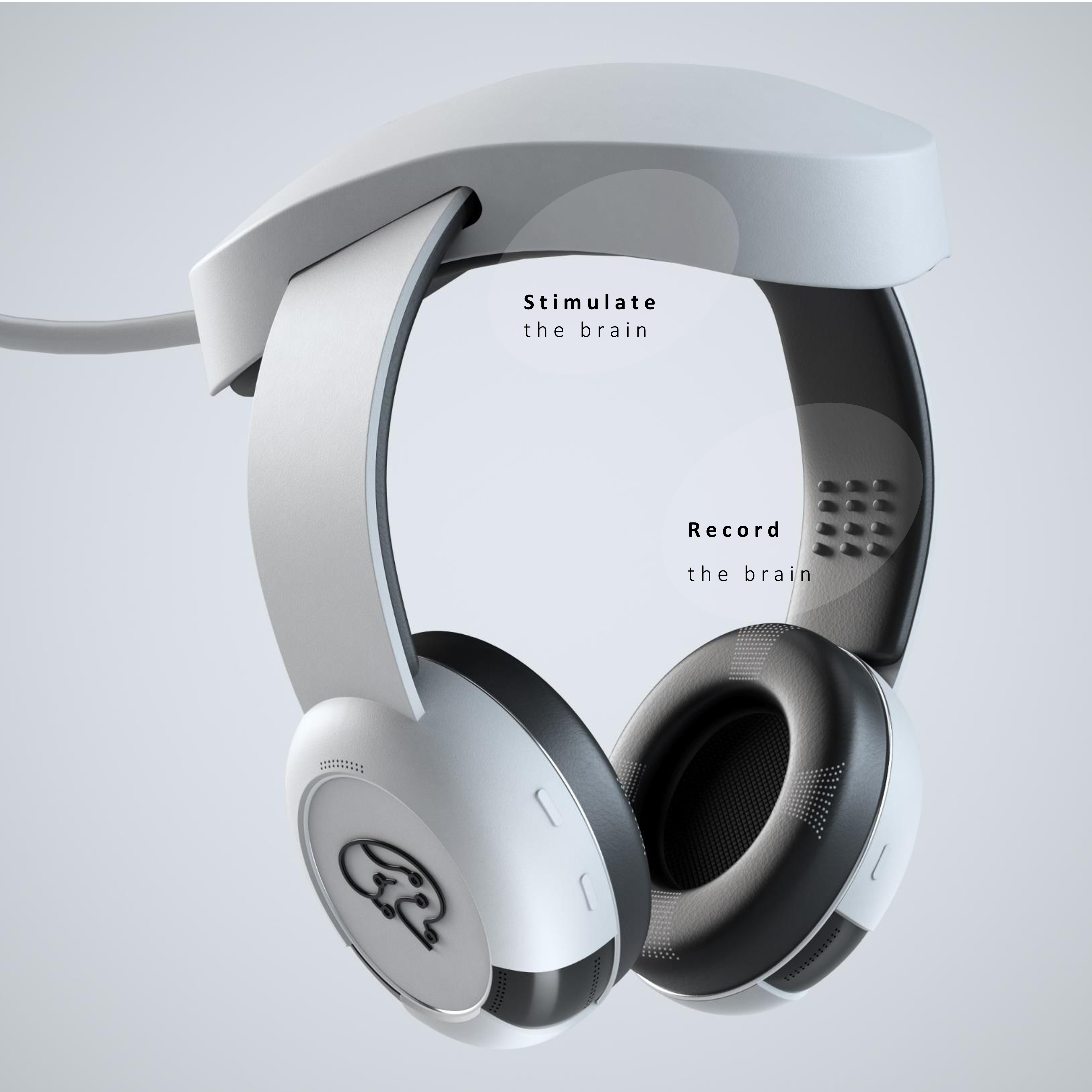Brief, high-intensity magnetic pulses are used to non-invasively stimulate specific areas of the brain, which can modulate neural activity and connectivity. Magnetic pulses work by creating electrical currents in the brain, which activate or inhibit neurons, depending on the frequency, timing and intensity of the pulses.
Magnetic pulses are a powerful tool for investigating brain function and treating neurological disorders. They are safe, painless, and have minimal side effects, making them a promising technology for the future of brain stimulation.
Non-invasive brain stimulation (NIBS) refers to a set of technologies to modulate the activity of the brain without invasive measures such as implants. Transcranial magnetic stimulation is one of the only NIBS technologies that is able to induce neural firing and not merely increase the likelihood of neural activity by using strong electromagnetic fields.
This is termed as suprathreshold stimulations as it induces an electrical field that passes the threshold needed for an action potential causing a neuron to fire. This property has enabled transcranial magnetic stimulation to foster higher clinical efficacy in neurological disorders than other non-invasive neuromodulation methods.
In the field of neuromodulation, it is difficult to separate the signal from the noise. We are committed to delivering the most clinically efficacious non-invasive brain stimulation which is why we chose to engineer the hard thing: brief, high-intensity, very focused magnetic pulses named transcranial magnetic stimulation. Suprathreshold, repetitive TMS has never been offered as a mobile solution before.
Unlike large, stationary machines that are typically limited to use in clinical settings, our portable devices can be easily transported to remote locations, making TMS therapy more accessible for patients in rural or underserved areas and accessible directly from the patients home. We aim to deliver the highest usability ever seen for transcranial magnetic stimulation so patients cannot only enjoy the effect but the therapy itself.
Every brain is unique. Therefore, it is only logical, that non-invasive brain stimulation protocols are adapted to the individual and their brain recording data. Our envisioned user-friendly design should enable longitudinal data collection to learn how brain waves are modified before, during and after stimulation. Thus, we can learn which modifications are best suited to the individual to personalize stimulation to your brain.

While we cannot disclose specific details of our proprietary technology, recent advancements in the field of neuroengineering have made it possible for us to enter the market with our innovative solutions. We are committed to staying at the forefront of this exciting field and leveraging the latest developments to push the boundaries of brain stimulation and improve neurological health.